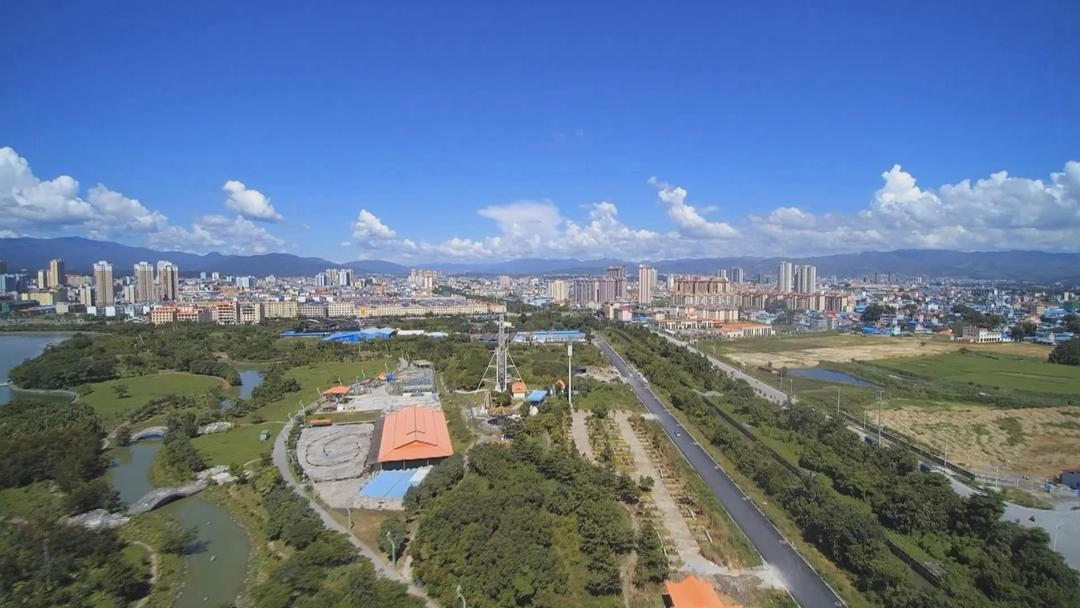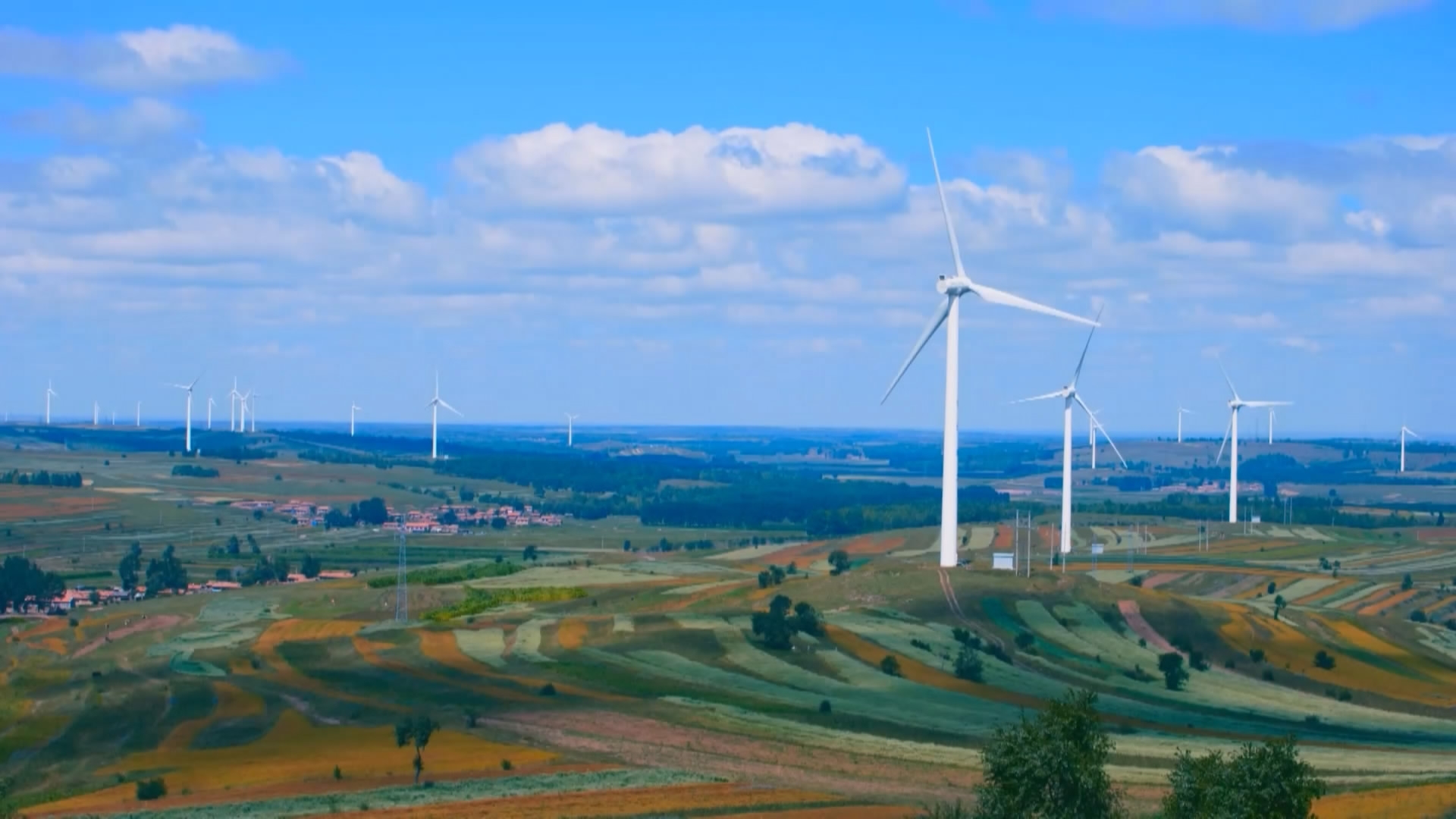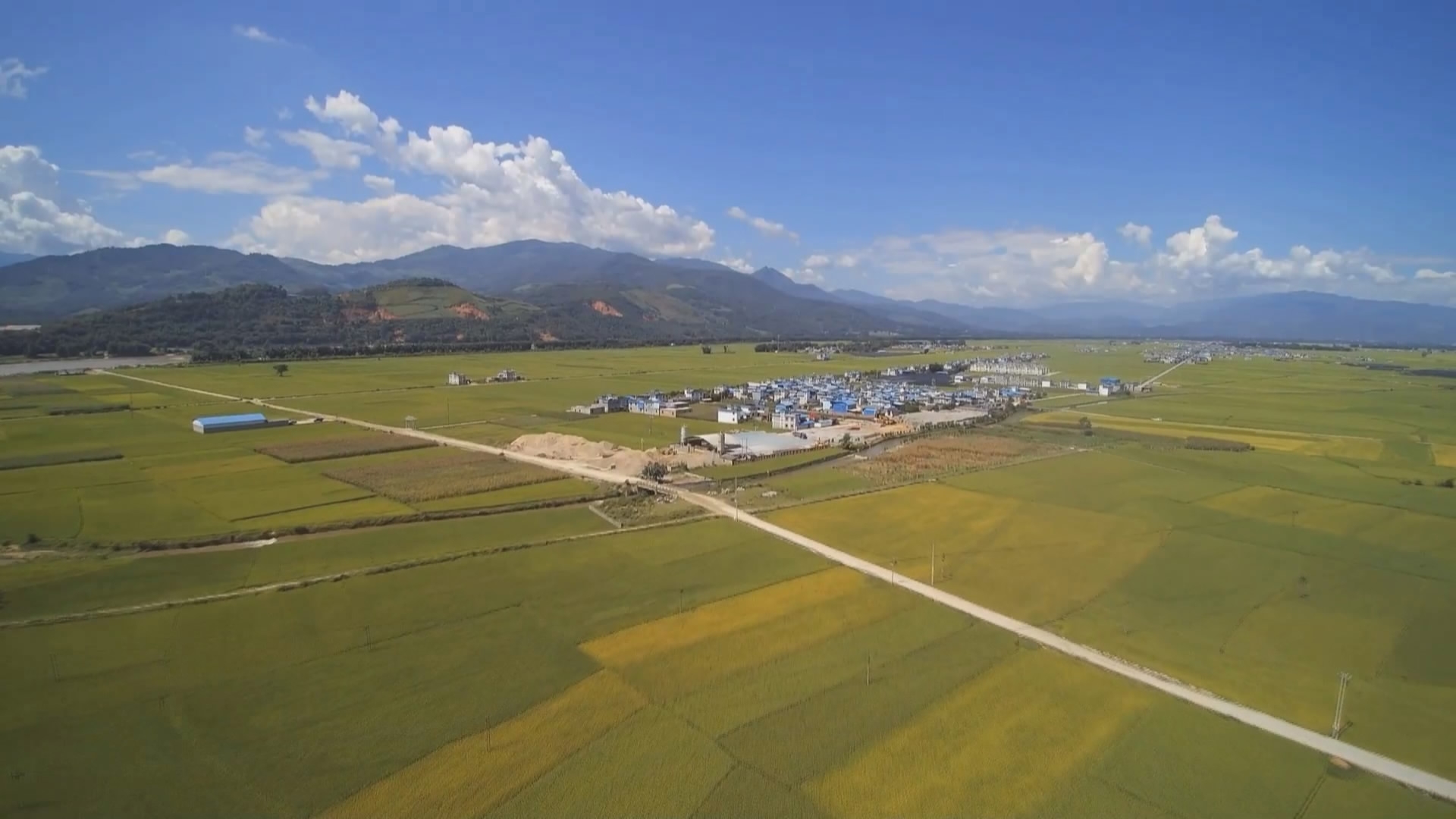
Business
22:47, 03-Nov-2017
A tale of two cities: A glimpse of China's county-level economy
By CGTN’s New Money Team

China’s dynamic development over the past decades is based on the success seen in its county-level areas that make up the world’s second largest economy. This week we will tell a tale of two counties, which provide a glimpse of China’s prospering county-level economy.
Situated on the southern edge of the Inner Mongolian plains, Zhangbei, a county in Hebei Province, is going with the wind. Boasting rich wind resources, the county has attracted an array of wind companies, including CECEP, Great Wall Wind Power, Datang, China Longyuan and China Power Investment Corporation.
Its cool weather and abundant power supply also makes it an ideal location for cloud computing and big data. Zhangbei is on its way to become a cloud computing center serving the north China region.

In the meantime, the city of Ruili, located in China’s Yunnan Province, is the biggest land port in the region. The border town, which neighbors Myanmar, was named by the State Council in 2012 as a key pilot zone for development and opening-up.
Ruili is now home to several booming industries, including manufacturing, tourism and logistics. The city’s exports range from daily necessities to cutting edge electronics.

China has 2,851 county-level regions, which together account for 90 percent of the nation's land, 85 percent of its people and half of its GDP.
Experts say, as talent and industries congregate to major cities, smaller cities need to fully leverage their own resources. Differentiation is seen as an advisable strategy, which helps avoids homogeneous competition, and creates a synergy for regional development.


SITEMAP
Copyright © 2018 CGTN. Beijing ICP prepared NO.16065310-3
Copyright © 2018 CGTN. Beijing ICP prepared NO.16065310-3